 Happy Easter 2021! It’s so amazing how fast time passes as it just seems like yesterday that I was acknowledging 2020’s Easter weekend. We were a few weeks into the initial Covid-19 virus quarantine, and under the impression that we would be attempting to help “flatten the curve” for two weeks. Oh my, if we only knew then what we know now. As the mandated quarantines were extended in most places, there still existed a hope that we would be able to attend Easter Sunday services in person. Now, most churches can’t congregate for the holiday serve a full year later! I kid you not when I say that I have had the Rolling Stones song “Time Waits for No One” in my head for the last few weeks, a song recorded 47 years ago in April of 1974—the same month my family moved to Frederick from Delaware. I’m not a big Stones fan, but this song has captivated me for a variety of reasons of late. A key one comes with reflecting back on the past year and all that should have been experienced, but wasn’t because of Covid-19—be them in-person church services, school graduation ceremonies, sporting events, weddings, concerts, annual events and in some cases, vacation trips and even family holiday get-togethers. Another attraction to this song came as a result of me finding myself killing off quarantine time for half of March, 2021 after being diagnosed positive for the coronavirus. Luckily, my symptoms were mild, but the time warp was very strange as I had to stay in the basement away from the rest of my family. Fourteen days went slow as a whole as I was disappointed about missing things in the outside world. Oddly, the days seemed like the movie “Groundhog Day”—monotonous, but seemingly fast moving. It was one of the strangest, paradoxical situations I’ve ever experienced. All in all, I was blessed to make it through unscathed and fully recovered, as compared to many others who have not had as easy a road over the last year, including an old friend of mine from high school (Mike Hernick) who passed a few nights ago as a complete and utter surprise. You could say that we had a year of lent, sacrificing and giving up things much more critical than the candy and soda I recall bypassing for 40 days in my youth. This current culmination of the Lenten season has been a time to reflect on loss and resurrection, not only as it pertains to Christian religion and Biblical history, but on the time of Covid-19, and hopefully soon, a time without. When leaving the cemetery on Good Friday last year, I distinctly took notice of a monument I passed every workday, but had never investigated and taken in fully. This same monument is the one you see above as the header of this week’s “Story in Stone.” On that evening of April 10th (2020), I was compelled to stop and take a picture with my I-phone, one that would fittingly, featuring a cross-bearer. As I took my shot while looking in a westerly direction, the clouds had parted in the distance, showing a burst of sunshine. This was around dusk. I was suddenly reminded of the beautiful oil painting of Calvary behind the alter in St. John the Evangelist Catholic Church here in Frederick—the congregation of my youth. Calvary is the hill outside Jerusalem which is traditionally held to be the location of the crucifixion of Jesus. So who was the recipient of this wondefully scenic, and Bible-friendly, final monument you may ask? De Witt C. Keller We are compelled to believe that the owner of this outstanding monument in Area G/Lot 31 was a person of faith. I found him to be Dr. De Witt C. Keller, a druggist by trade, who once ran what we would call pharmacies in southwestern Indiana in the mid nineteenth-century. De Witt Clinton Keller was born April 28th, 1828 in Frederick. He was the son of Frederick Keller (1790-1832) and Catherine Hughes (1799-1835), and named for De Witt Clinton (1769-1828), an American politician and naturalist who served as a United States Senator, Mayor of New York City, and as the sixth Governor of New York. Our “Frederick County De Witt Clinton” grew up near the old Jug Bridge over the Monocacy. His father (Frederick Keller) built the house that we referred to as the Bremerman/Waters house in our former story on Civil War general (and inspiration for the movie Glory) Robert Gould Shaw. Shaw actually spent time in this exact house, at one time located on the eastern approach to Jug Bridge. This was in winter of 1862 as the Union soldier from Massachusetts had drawn the assignment of guard duty here at the very strategic water crossing. http://www.mountolivethistory.com/stories-in-stone-blog/fredericks-glory-part-i DeWitt’s mother, Catherine, apparently operated a tavern, either here or across the river on her father’s property, after her husband’s death in 1832. Frederick Keller also owned a larger piece of property on the west side of Linganore Road, midway between Linganore Creek and Gas House Pike, one that likely belonged to his parents originally. DeWitt grew up in a time that would see transportation explode as the National Pike passed by his front door, and the railroad and canal would reach Frederick County in the early 1830s. Sadly, De Witt’s mother passed away on Sept. 25th, 1835. She died intestate and Chancery court proceedings followed in which her land would be sold off. At that time, the four children of Mrs. Keller were still minors, and Mathias Bartgis of Frederick was appointed their guardian. De Witt was just seven years old at the time and I assume he attended local schools. I found that he lived in the vicinity of Court House Square with the Bartgis family, so I assume he attended the Frederick Academy. He would work as a tobacconist and later a druggist, but I'm not sure when or where he received his training. The first newspaper reference to Mr. Keller comes in the form of a newspaper article from 1848 in the Baltimore Sun recounting a recent parade held in Frederick by representatives of the Whig political party. De Witt C. Keller, only 20 years-old at the time, was mentioned as an assistant marshal in this event that celebrated the recent presidential victory run of Zachary Taylor and his vice presidential running mate, Millard Fillmore. Frederick diarist Jacob Engelbrecht mentioned DeWitt C. Keller a number of times in his fabled work, however the journal entry of most interest to me occurred on May 2nd, 1850: “Mssrs. Doctor Charles Boyd, Doctor Fairfax Schley & John R. Baltzell, Esquire leave our town this forenoon in the western cars, the former to locate in Texas and the 2 latter to seek a location in one of the western states. Dewitt Clinton Keller left town yesterday and will join them at Cumberland & proceed with them for Iowa or Minnesota. Success attend them.” In early 1851, De Witt C. Keller is found partnering with a gentleman named Farnsley and operating a wholesale drugstore which also sold an array of items that CVS and Walgreen stores are not known for today. Mr. Keller was becoming active in Evansville’s civic and business affairs as well. Keller’s sojourn west paid off personally as much as it did professionally. De Witt married Marcia Ellen Carpenter, a native of Indiana on December 10th, 1857. Ms. Carpenter’s father was a highly successful man in Evansville, (Vanderburgh County). Willard Carpenter was one of Evansville's leading citizens and greatest entrepreneurs. He made his fortune in real estate, was a member of the city council, and built one of the town's first railroads. And speaking of railroads, Mr. Carpenter was an abolitionist and participant on the Underground Railroad by using his home to harbor slaves escaping to their freedom. He would build Willard Library which is still in operation today. The Carpenter family home also still exists and is used by WNIN, the local PBS station. As you can see, De Witt married into money. Based on census records and some other news clippings, it seems that the couple lived between Frederick and Evansville for the majority of their marriage, one in which they would raise the following children: Elizabeth Carpenter Keller (1858-1915), Willard Clinton Keller (1861-1903) and Mary Louise Keller (1863-1944). I found a couple references on Ancestry.com that said that Mr. Keller served in the American Civil War. I don’t believe this to be true as there was another gentleman here in town by the name of Clinton Keller who served in Company E of the 7th Regiment of Maryland Volunteers under Col. Edwin H. Webster. This group of soldiers was mustered into service on August 26th, 1862. Now I’m not ruling this out completely as here is a bit about that military outfit. A history of the 7th Maryland reports the following of the regiment’s activity: After serving guard duty in the defenses of Washington, the regiment was sent to the Shenandoah Valley for operations. Their first combat came on March 13, 1863, when they repulsed a charge by the 5th Virginia Infantry regiment. They were sent to V Corps, Army of the Potomac. At the Battle of Gettysburg, they were forced to withdraw from the Peach Orchard early on the second day. They were among the units who repelled Pickett's charge. The unit was stationed for garrison duty in southern Pennsylvania and was involved in skirmishes against some of Jubal Early's infantry units. Because of heavy losses at the Battle of Cold Harbor, they were sent as replacements to IV corps, Army of the Potomac. They suffered heavy casualties during the Siege of Petersburg, having to repel six charges by counterattacking units of the 15th Georgia Volunteer Infantry. They marched in the Grand review and were mustered out of service on June 3, 1865. This unit suffered the loss of 389 men, who were 23 officers and 366 enlisted men, and 65 of those men died of disease. 13 men were captured at Gettysburg, 5 of which perished at Libby Prison. Unit was noted by President Lincoln for being "very effective in combat and showing utmost loyalty to the cause of the great republic." One of the reasons why I dispute this theory is the fact that De Witt seemed to be quite busy in Evansville, having had a change of partners from Mr. Farnsley a decade earlier. It also would make sense to get his family out of Frederick, a place whose residents certainly saw more than their share of rival armies traveling and battling through the county, not to mention viewing the carnage of war as we became a hospital center. Post war, more articles are found within Indiana newspapers of Mr. Keller’s land and real estate transactions. A city directory for Evansville from 1876 states that Dr. Keller’s residence was outside Frederick, MD, however he was continuing to partner in business with Isaac T. White in the firm located in Evansville and called Keller & White. The directory lists this operation as “Wholesale Druggists and dealers in Paints, Varnishes, Dye Stuffs, &c.” It was located on Main Street. I began wondering what the real reason behind the move back to Maryland was after I found an article involving a lawsuit between Dr. Keller and his father-in-law from fall of 1872. According to later obituaries, Dr. Keller apparently relocated back to Frederick primarily due to poor health. Marcia Keller, however, predeceased him, dying in 1879 and was buried here in Mount Olivet. He had apparently made his fortune, of course aided by his wife’s father and an inheritance to boot, in Indiana, as his estate was reportedly worth $200,000. Interestingly, the widowed pharmacist can be found as head of household living in Frederick in a rented home, as he would not buy property on his return to Frederick. Based on the 1880 census and who his neighbors were, he is believed to have lived on that block of West Patrick Street where the courthouse stands now. My assistant Marilyn Veek found that Mr. Keller’s daughter, Mary Louise (1863-1944), apparently married the “boy next door,” a gentleman named Francis/Frank Markell (1863-1944). Mary’s older sister, Lizzie, would marry local lawyer William W. Wilcoxon. Marcia would be buried in Mount Olivet in a family plot that Dr. Keller had purchased six years earlier in 1873 as he would arrange to have his parents buried here. His father, Frederick, died in 1832 and was buried in the town’s Baptist graveyard which no longer exists today. It was located on West All Saints Street, on the north side of the thoroughfare, and adjacent Carroll Creek. Frederick’s wife, Catherine died in 1835 and was buried in the All Saints Graveyard, located a few blocks to the east on East All Saints Street. As a side note, the former Ms. Hughes was a daughter of Levi Hughes of whom Hughes Ford was named who once owned considerable real estate west of the Monocacy River stretching from the airport to MD route 144 as I-70 bisects it. While De Witt was engaged in moving his parents, he would have his paternal grandmother, Elizabeth Stallings Keller (1772-1831) and later, grandfather Conrad Keller (1765-1821) also brought from the ancient Baptist burying ground. The 4 transplanted bodies are buried in a row with a fine ledger/tablet style stone laid atop their final resting places. Dr. Keller had cheated death a few years before his wife. Marilyn Veek found that in the category of "all these Frederick “Stories in Stone” seemed at times to be linked somehow" comes the fact that Dr. Keller was on the train involved in the terrible Point of Rocks crash in 1877, which took the lives of five local residents. You can read this one later, but here is a link to my earlier story written in June, 2018. http://www.mountolivethistory.com/stories-in-stone-blog/the-accident-at-point-of-rocks The following newspaper account features a statement from our subject. De Witt would eventually meet his maker on October 24th, 1882. I don’t know exactly the date of this fine marker but it was either erected by Dr. Keller or son Willard who is also buried here with his wife, Nettie Gambrill and a two year-old son, Willard, Jr. (1895-1897). Willard had made a career out of building things, and had his own cement paving business. Willard Keller was one of the partners in the South Park Villa Company, which developed Clarke Place located a block from our front gate. It was also Willard who purchased the Loats Female Asylum property for the development. He was the secretary and general manager of the company, while Dr. Joseph Williamson was president and Harry Bowers was VP/treasurer. Marilyn learned that although the property was outside the Frederick city limits at the time, the company signed an agreement with the mayor and Alderman in which they would be exempt from city/municipal taxes for 10 years if the property was annexed (an annexation would benefit the city in terms of revenue and taxes) and that the city would pay for/buy the private street the company planned to build (which became Clarke Place). This agreement was later sanctioned by the state legislature. Willard's home was at what is now 16 Clarke Place. He did not own property in Frederick prior to that. Nettie Keller was the daughter of miller James H. Gambrill, (builder of the Delaplaine Center) and brother of park namesake James H. Gambrill, Jr. She grew up in her parent's mansion home within the confines of today's Monocacy Battlefield property on the east side of the namesake river. It appears that Nettie was somehow incapacitated late in life, as when Willard sold the house in 1903 she was identified as "temporarily in Baltimore", and in an equity case in 1905, when certain of the lots were sold by the company to Harry Bowers to settle Willard's estate, the grantors were a "committee" consisting of Mary Markell trustee for the benefit of Nettie G. Keller, Mary and Francis Markell, and James Gambrill. In the 1910 census, Nettie was enumerated at Relay Sanitarium/St. Agnes Hospital in Baltimore county. De Witt C. Keller’s two daughters married and lived out their lives here in Frederick and both are buried here at Mount Olivet. Elizabeth Carpenter (Keller) Wilcoxon passed in 1915 and is buried nearby her parents in Area G. Mary Louise (Keller) Markell lived up through 1944 and her gravesite can be found in Area R. I found a few newspaper articles which say that Mrs. Markell sent portraits of her parents and maternal grandparents to the Willard Library back in Evanston in 1944. One final soul rests here in Area G/Lot 31. This is Margaret Doyle, who we found to be a domestic servant of the family. She hailed from Ireland and lived with the family in Indiana, before coming to Frederick. Better known as Maggie, her grave monument fits perfectly with our Easter theme. With all the research performed for this story, I never did find the exact religious denomination of Dr. De Witt Clinton Keller. Special thanks to our Hood College intern Katelyn Klukosky who did a great job gathering resources for me to put this story together in short order. Also thanks to Stan Schmidt and Greg Hager of the Willard Library in Evansville, Indiana for sharing images of the Keller and Carpenter families from portraits belonging to the library collection.
2 Comments
2/3/2024 09:59:09 am
I wanted to express my gratitude for your insightful and engaging article. Your writing is clear and easy to follow, and I appreciated the way you presented your ideas in a thoughtful and organized manner. Your analysis was both thought-provoking and well-researched, and I enjoyed the real-life examples you used to illustrate your points. Your article has provided me with a fresh perspective on the subject matter and has inspired me to think more deeply about this topic.
Reply
2/3/2024 11:07:15 am
I wanted to express my gratitude for your insightful and engaging article. Your writing is clear and easy to follow, and I appreciated the way you presented your ideas in a thoughtful and organized manner. Your analysis was both thought-provoking and well-researched, and I enjoyed the real-life examples you used to illustrate your points. Your article has provided me with a fresh perspective on the subject matter and has inspired me to think more deeply about this topic.
Reply
Leave a Reply. |
STORIES
|
Archives
July 2024
June 2024
May 2024
April 2024
March 2024
February 2024
January 2024
December 2023
November 2023
September 2023
August 2023
July 2023
June 2023
May 2023
April 2023
March 2023
February 2023
January 2023
December 2022
November 2022
October 2022
September 2022
August 2022
July 2022
June 2022
May 2022
April 2022
March 2022
February 2022
January 2022
December 2021
November 2021
October 2021
September 2021
August 2021
July 2021
June 2021
May 2021
April 2021
March 2021
February 2021
January 2021
December 2020
November 2020
October 2020
September 2020
August 2020
July 2020
June 2020
May 2020
April 2020
March 2020
February 2020
January 2020
December 2019
November 2019
October 2019
September 2019
August 2019
July 2019
June 2019
May 2019
April 2019
March 2019
February 2019
January 2019
December 2018
November 2018
October 2018
September 2018
August 2018
July 2018
June 2018
May 2018
April 2018
March 2018
February 2018
January 2018
December 2017
November 2017
October 2017
September 2017
August 2017
July 2017
June 2017
May 2017
April 2017
March 2017
February 2017
January 2017
December 2016
November 2016


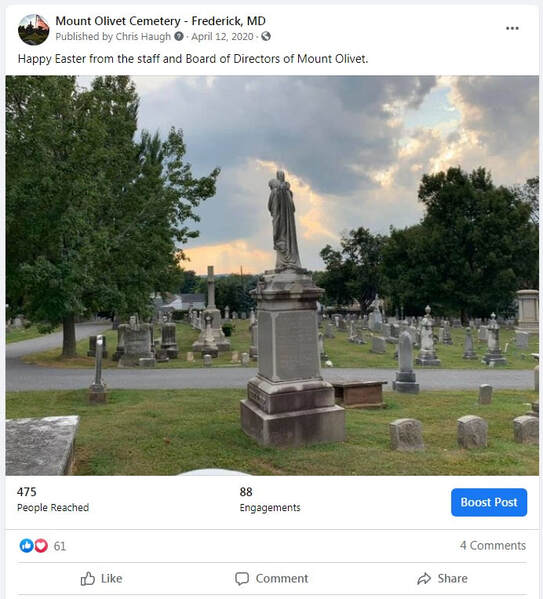



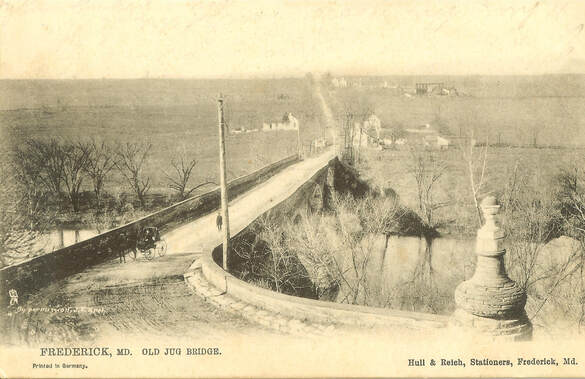

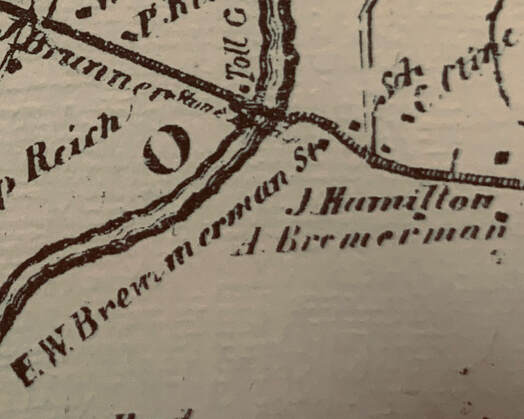



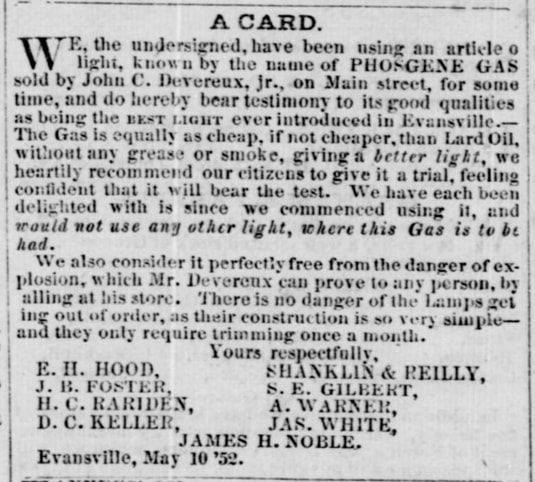
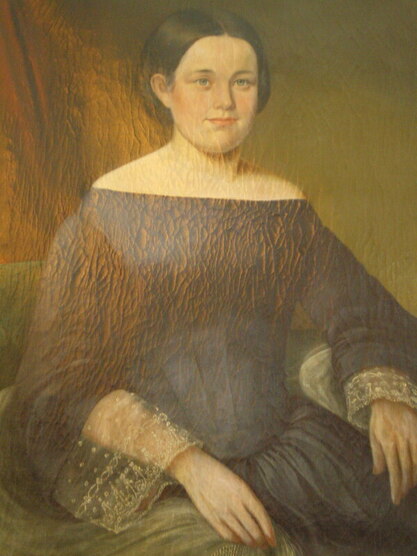
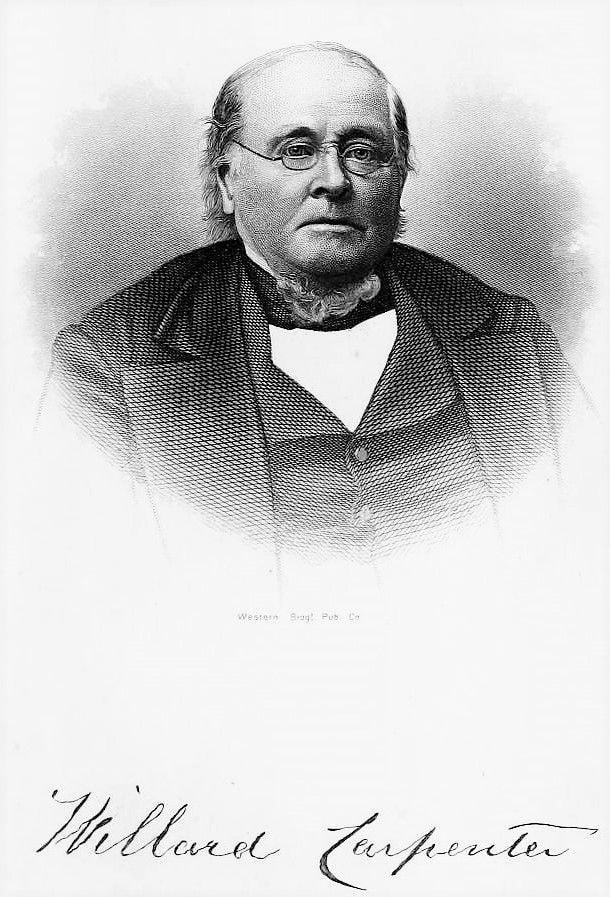









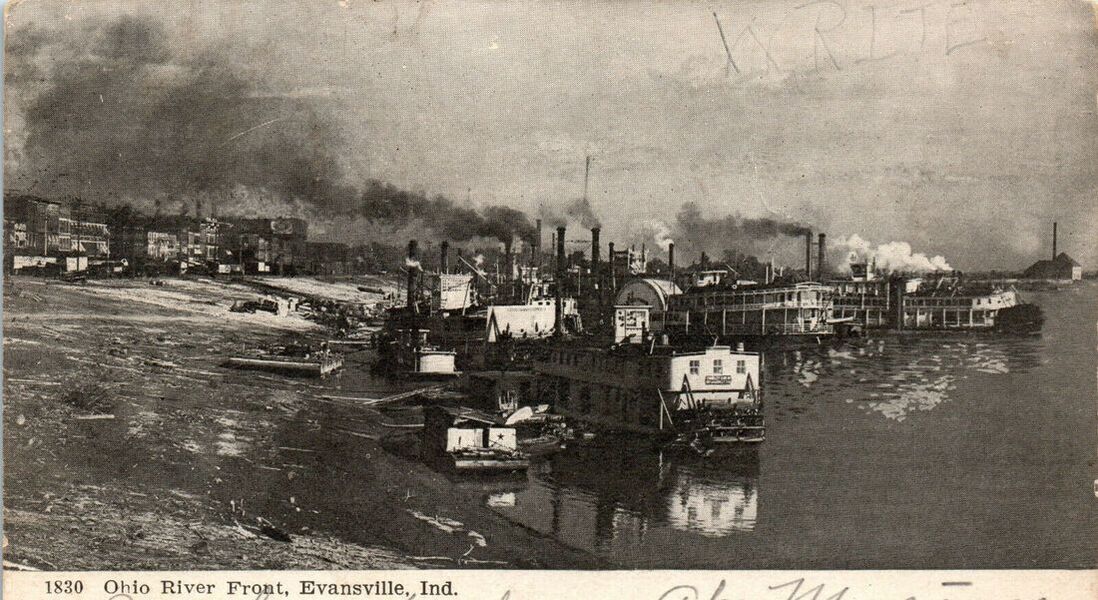


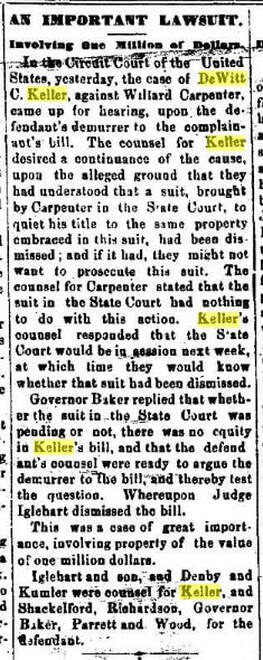









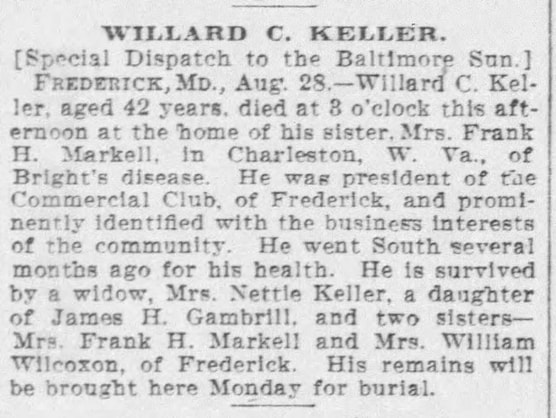





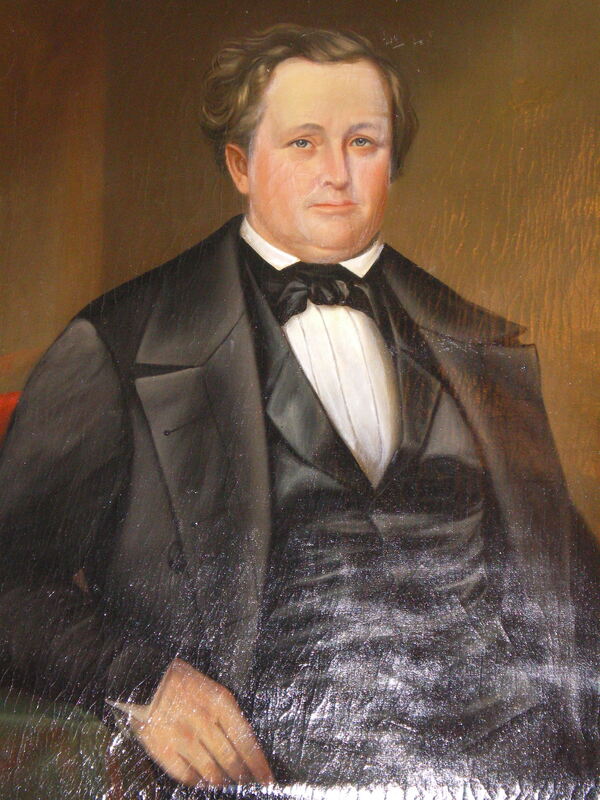




 RSS Feed
RSS Feed